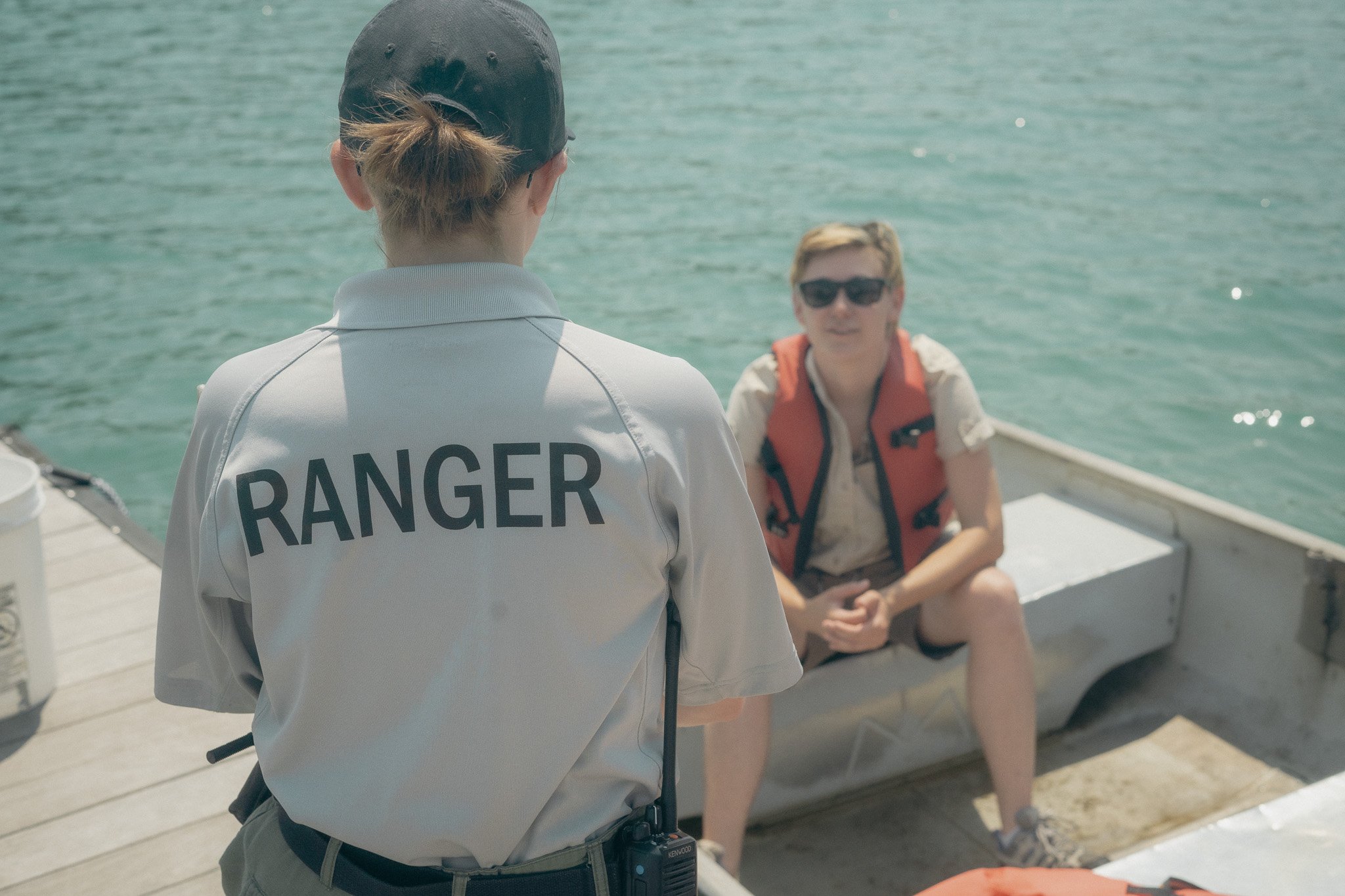How understanding “normal work” can reveal risks, improve systems, and make the safer way the easier way
How to change safety behavior for more effective engagement with your risk management system
Five safety culture dimensions to transform how safety is perceived and practiced across your organization
How culture shapes production pressure, and re-prioritizing safety
How culture shapes decision-making and situational awareness, and aligning administrators’ intent and staff interpretations.
How culture shapes safety voice, and fostering environment to overcome social risks.
Why national culture matters in risk management and what to do about it.
How to leverage your colleagues’ motivations for safety to manage new initiatives more effectively.
How commonly held beliefs about the stages of group development foster conflict and what to do about it.
What Hurricane Helene and systems thinking can teach outdoor activity programs about disaster planning and community resilience.
Going beyond trigger policy to use a system of resources to manage extreme weather risks.
Defining the use of culture in safety science and strategies to employ these concepts.
5 lessons from contemporary safety science that program directors, school administrators, and risk managers can use to improve their work.
Understanding the leading theory of accident causation to improve safety context and risk management work.














